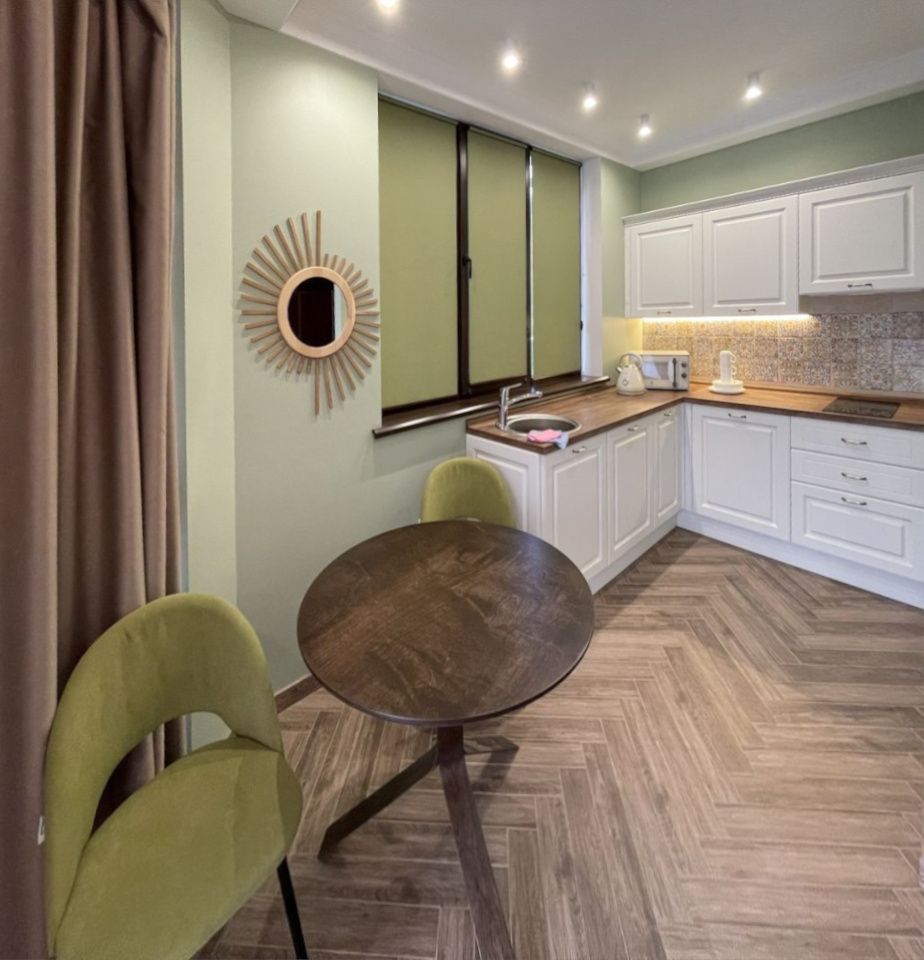
Culinary Creations: Refined Spaces
Introduction
The art of culinary creations is not just confined to the flavors that tantalize our taste buds; it extends to the environment in which we savor these delights. Refined spaces are a critical component of the dining experience, offering patrons not just a meal, but a symphony of sensory stimulation. This article delves into the importance of ambiance in culinary settings and how it enhances the overall gastronomic journey.
The Role of Aesthetics in Dining
First impressions in the dining experience are not formed by the first bite, but by the first glance. The visual appeal of a dining space sets the mood and prepares the diner for the culinary adventure ahead. A well-designed space with thoughtful aesthetics can elevate a simple meal to a memorable event. Lighting, color schemes, and furniture choices all play pivotal roles in crafting an inviting atmosphere that complements the culinary creations served.
Functional Design and Flow
While beauty is essential, functionality is equally important in a dining space. The layout of the restaurant should allow for a seamless flow of service without disrupting the diner's enjoyment. Open kitchens, strategic seating arrangements, and unobtrusive pathways for staff are hallmarks of a well-designed space that prioritizes both the practical needs of service and the comfort of the guests.
Innovative Culinary Spaces
As culinary trends evolve, so do the spaces that house them. From farm-to-table experiences to interactive dining, innovative spaces provide the perfect backdrop for avant-garde cooking techniques and presentation styles. These environments encourage chefs and designers to collaborate, pushing the boundaries of what a dining experience can be. Customized cooking stations, specialized glassware displays, and themed decor can all add a unique twist that enhances the narrative of the menu.
Creating Atmosphere with Sensory Elements
Refined spaces do not neglect the importance of sensory elements—sound, smell, and touch—all of which contribute to the ambiance. The clink of fine cutlery, the aroma of fresh ingredients, and the tactile pleasure of luxurious linens are curated details that forge an emotional connection with the diner. Background music and art installations can also play into the theme of the restaurant, making the dining experience both contemporary and immersive.
Local Influence and Authenticity
Many culinary establishments embrace local culture and history as a way of creating a refined space that feels rooted in its location. This authenticity can be conveyed through the use of local materials, artisanal crafts, and traditional design elements. By doing so, restaurants provide diners with a sense of place, making their dining experience more meaningful and memorable.
Conclusion
Culinary creations within refined spaces offer more than just sustenance; they provide an escape into a world where every detail is intended to enhance enjoyment and create lasting memories. The significance of the space in which we dine is just as important as the food on our plates. It's the harmonious blend of culinary artistry and inspired design that ultimately defines the success of a dining establishment in the modern culinary landscape.